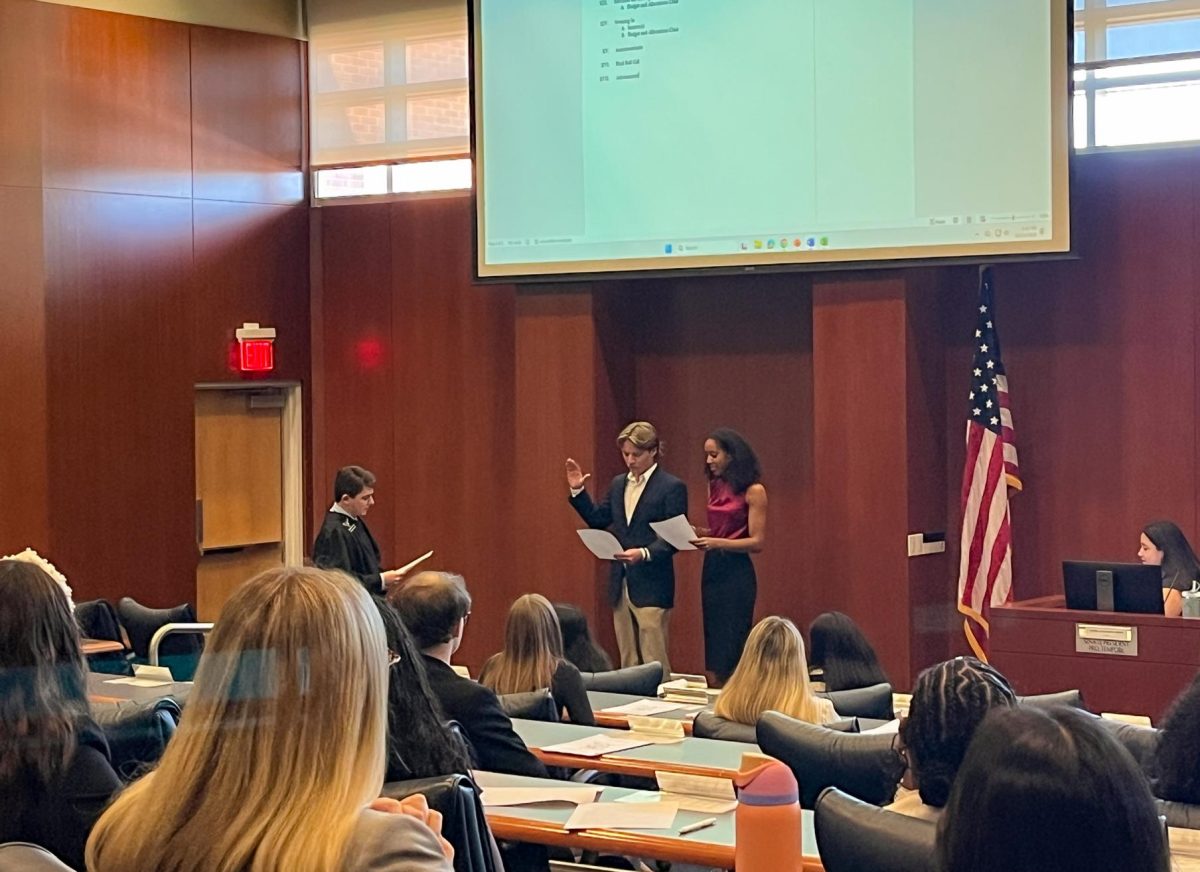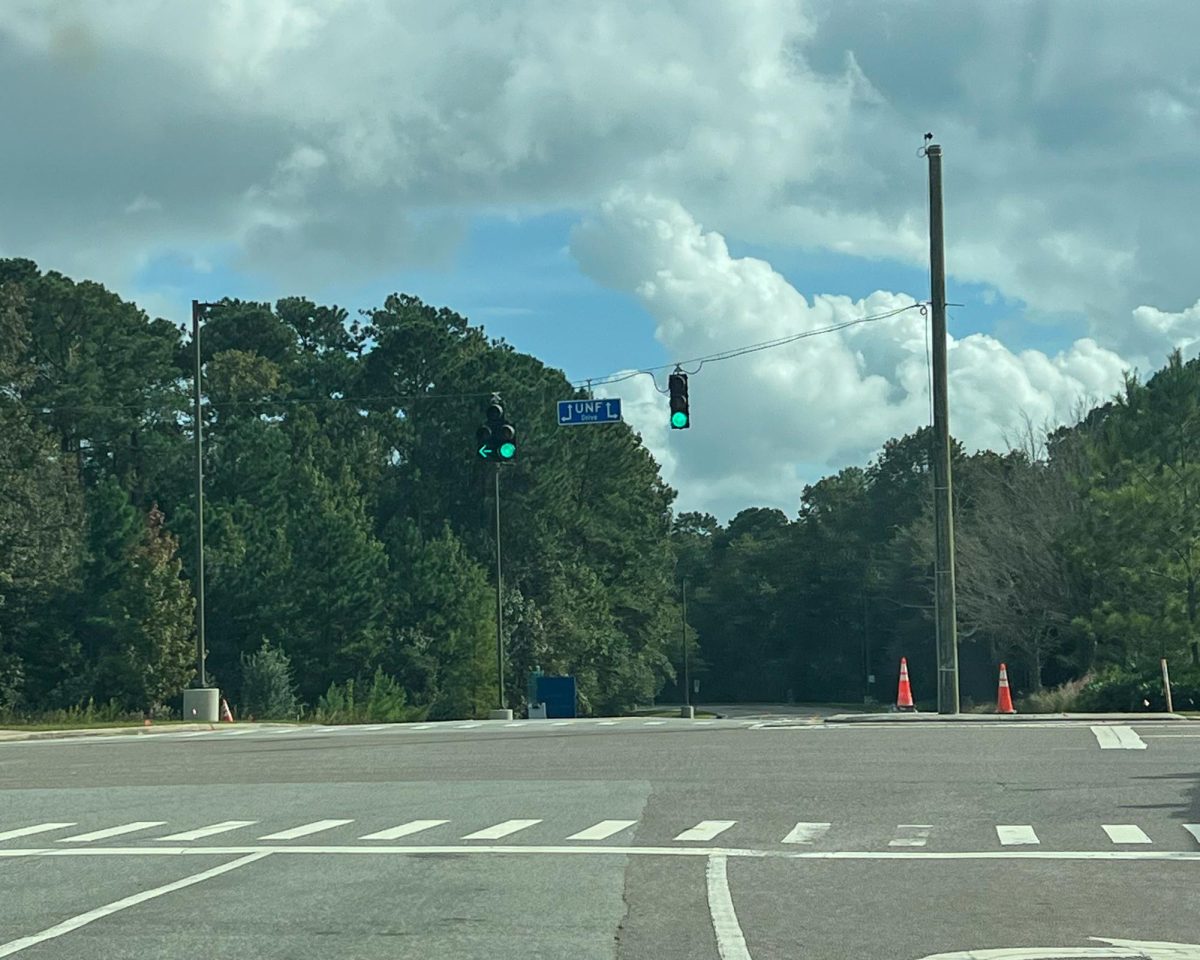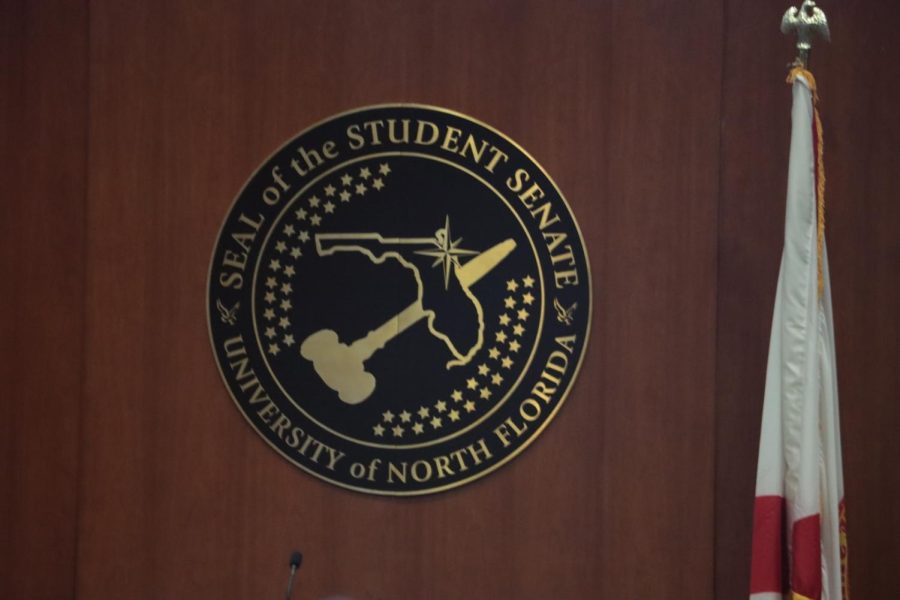Among college administrators it’s known as The Boy Problem.
But it’s a problem that starts in grade schools, high schools and homes. Boys lag behind girls in being prepared to apply for college.
While American colleges were roughly balanced between male and female students a generation ago, now most schools have more women than men. Some have a lot more.
Nationally, 57 percent of undergraduates are women. And as the applicant pool continues to trend toward women, more schools are reaching the tipping point of having more than 60 percent women.
Why is that a problem?
Administrators think once a school reaches that point it becomes less attractive to both male and female applicants. As one admissions director told U.S. News & World Report last year: “Even women who enroll … expect to see men on campus. It’s not the College of Mary and Mary; it’s the College of William and Mary.”
This has led some to have lower admissions standards for boys than girls. They have, in effect, affirmative action for males, including white males.
An admissions officer of a small liberal arts college used a New York Times op-ed article to lament how she had been forced to reject female applicants who were stronger than male applicants, all in the name of gender balance. That fact hit home when her own daughter was applying to colleges and was wait-listed at a school that she should have been well-qualified for.
“We have told today’s young women that the world is their oyster,” wrote Jennifer Delahunty Britz of Kenyon College. “The problem is, so many of them believed us that the standards for admission to today’s most selective colleges are stiffer for women than men. How’s that for an unintended consequence of the women’s liberation movement.”
I expected to see some of these numbers in Washington state colleges. But Phil Ballinger, director of admissions for the University of Washington, told me I wouldn’t – at least not in public universities.
That would violate state law against preferences based on gender and race.
Among the state of Washington’s public four-year universities, only Washington State University has gender parity.
The University of Washington is close, with an undergraduate student body of 51.6 percent female.
After that it ranges from 52.5 percent female at Central Washington University to 58 percent at Eastern Washington University and 61.6 percent at the University of Washington Tacoma.
Among private colleges, the University of Puget Sound is 58 percent female, Pacific Lutheran is 62.3 percent while Seattle Pacific’s student body is more than two-thirds women.
While the admitted men at the University of Washington this year tend to have lower grade point averages than the admitted women, the men tend to have higher SAT and ACT scores.
This year, the university received more applications from high school girls than boys. And it offered admission to more women than men.
That translates into an “admit rate” – the percentage offered admission from the pool of applicants – that is higher for girls than boys.
In a letter to high school college counselors, Ballinger said these numbers refute allegations of gender preference.
“While this may exist at some universities and colleges, it does not exist in undergraduate admissions here,” Ballinger wrote.
All the state schools but one have admit rates that are higher among girls than boys. The exception is Washington State University, which offers admission to 75.9 percent of both male and female applicants.
Even private schools already beyond the tipping point continue to accept a higher percentage of female applicants, for now at least.
Which leads to the bigger questions: Why aren’t boys succeeding in school at the same level as girls and what are we going to do about it?
(c) 2008, The News Tribune.
Distributed by McClatchy-Tribune Information Services.











